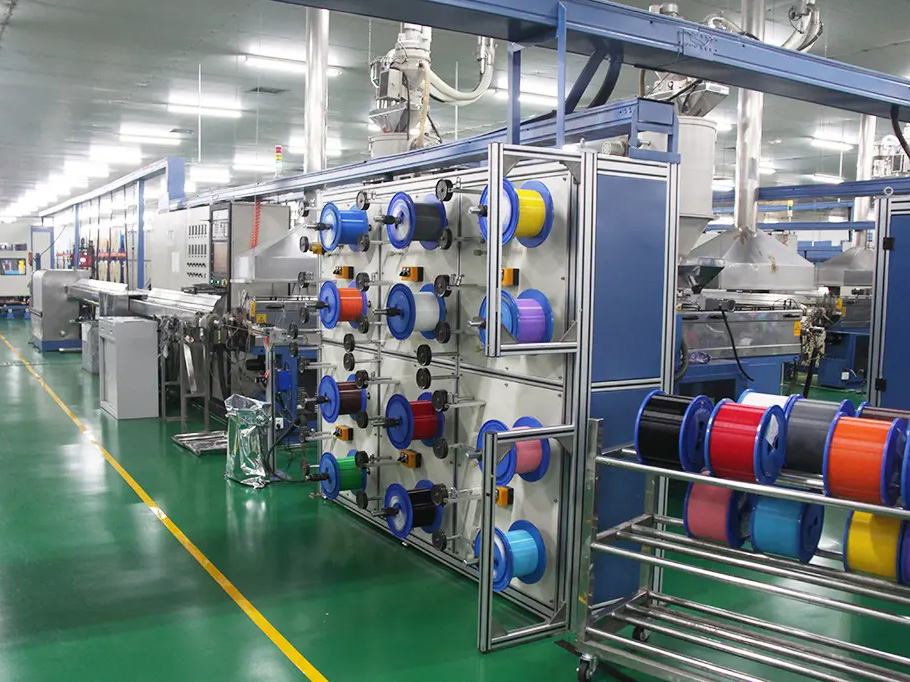A Closer Look at Stranded Fiber SUS Tube and Loose Tube Aluminum Tube Structures
In the telecommunications sector, fiber optics play a vital role in transmitting large amounts of data quickly and efficiently over long distances. To ensure optimal performance and protection, two popular fiber optic cable designs have emerged - stranded fiber SUS tube structure and loose tube aluminum tube fiber unit structure. In this blog post, we’ll explore both designs, focusing on their main features and applications.
Stranded optical fiber SUS tube structure (parts):
The stranded optical fiber SUS tube structure is mainly composed of stainless steel (SUS) tube and optical fiber. The stainless steel tube acts as a protective layer, protecting the fragile optical fiber from external factors such as moisture, temperature changes, and physical damage.
This structure has several advantages. First, SUS tubing offers superior protection against rodent bites and mechanical stress, making it ideal for installation in harsh environments or areas prone to wildlife disturbance. Second, the stranded design enhances flexibility, allowing the cable to be bent and manipulated without affecting the integrity of the fiber within. Finally, the SUS tube also acts as a metal sheath, providing additional electromagnetic shielding, which is critical to minimizing signal interference.
Applications for stranded fiber optic SUS tube structures include long distance telecommunications networks, underground utilities and intercity backbone connections. Its robust construction ensures reliable data transmission even under the most demanding conditions.
Loose tube aluminum tube fiber optic unit structure (parts):
The loose tube aluminum tube fiber optic unit structure uses aluminum tubes to protect the fiber optic unit. Unlike stranded structures, fiber optic units are not twisted together but are contained in individual loose tubes within aluminum tubes.
A significant advantage of this design is better resistance to the effects of temperature changes. The loose tube design allows individual fibers to expand and contract freely within their respective tubes. This feature protects the fiber from excessive stress or strain that may occur in other configurations, ensuring stable performance even in extreme temperature environments.
Additionally, aluminum tubes act as a moisture barrier, protecting the fibers from water damage. This makes the loose tube aluminum tube fiber optic unit structure particularly suitable for aerial installations exposed to rain and moisture.
The loose tube design allows easy access to individual fibers, simplifying maintenance and repairs. In addition, individually packaged optical fibers enhance compatibility with fiber fusion splicing technology, further facilitating installation and connection.
In conclusion:
Stranded fiber SUS tube structure and loose tube aluminum tube fiber unit structure are both reliable platforms for long-distance data transmission. Its unique design offers multiple benefits, ensuring protection, flexibility and ease of installation. Depending on specific requirements, such as environmental conditions or installation methods, telecommunications experts can choose the structure that best suits their network.
In the ever-evolving telecommunications industry, these advancements in fiber optic cable design play a vital role in meeting the growing demand for high-speed, reliable data transmission. Both stranded and loose tube construction allow for seamless connections, allowing us to stay connected in an increasingly connected world.




